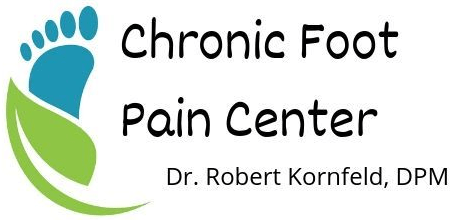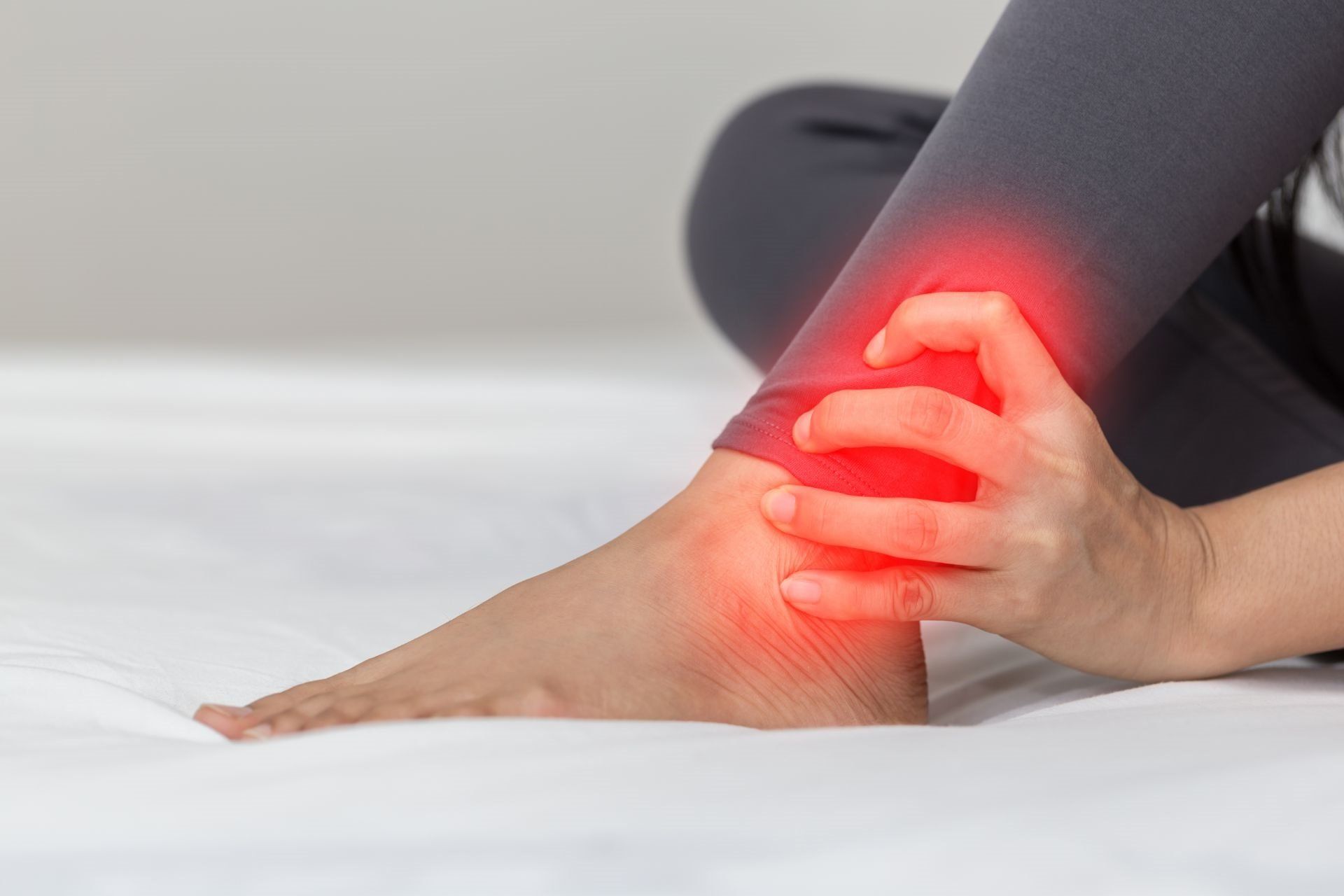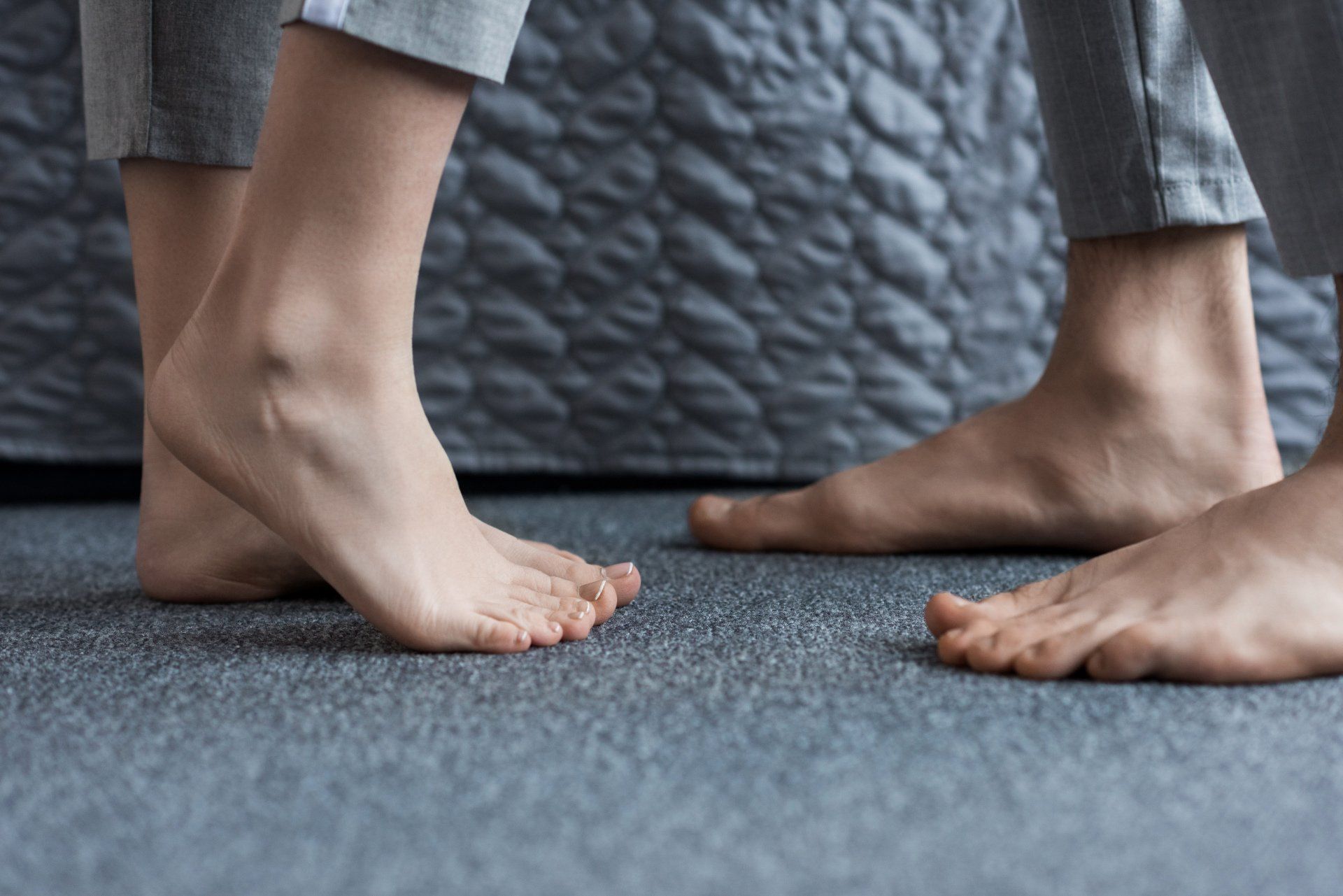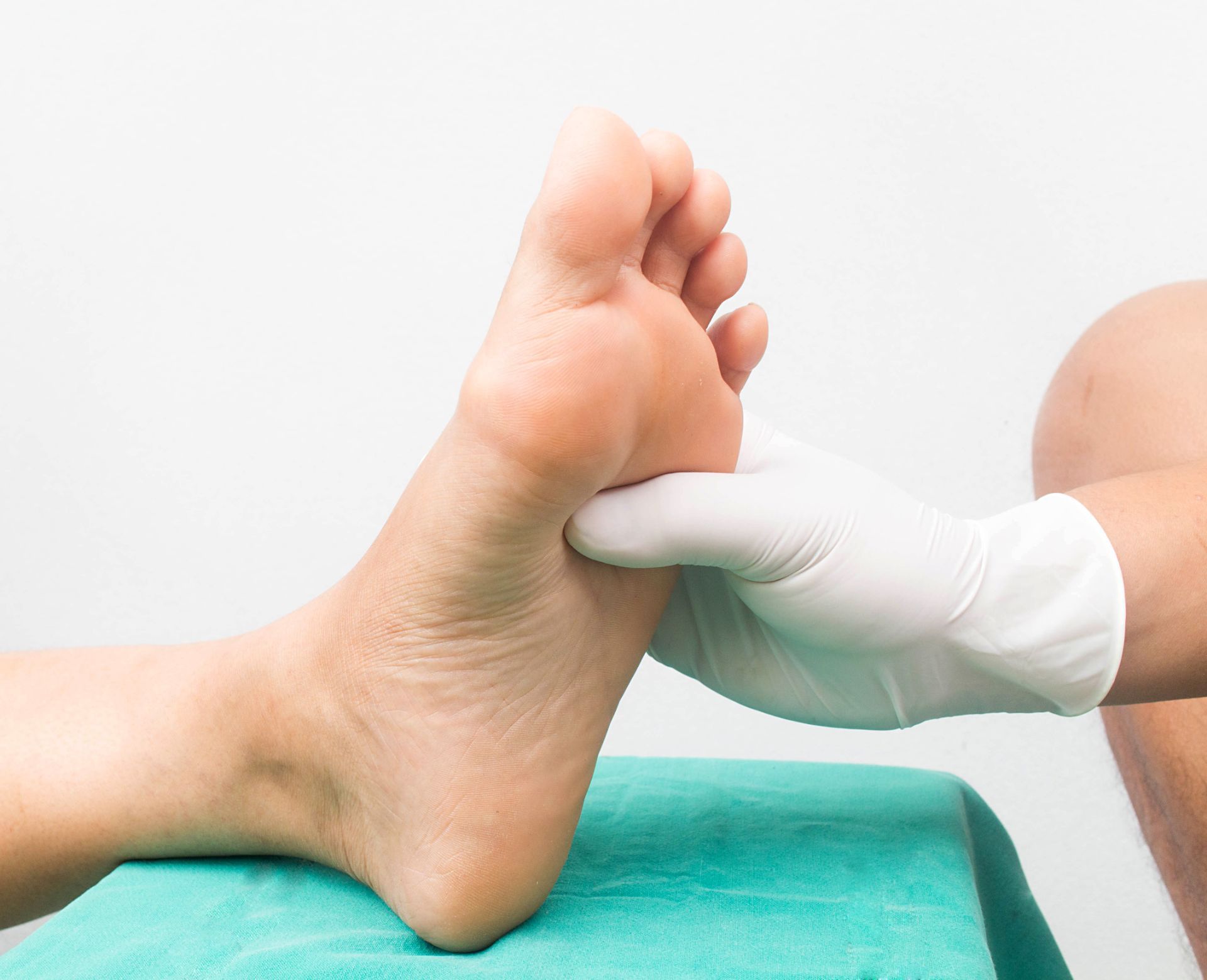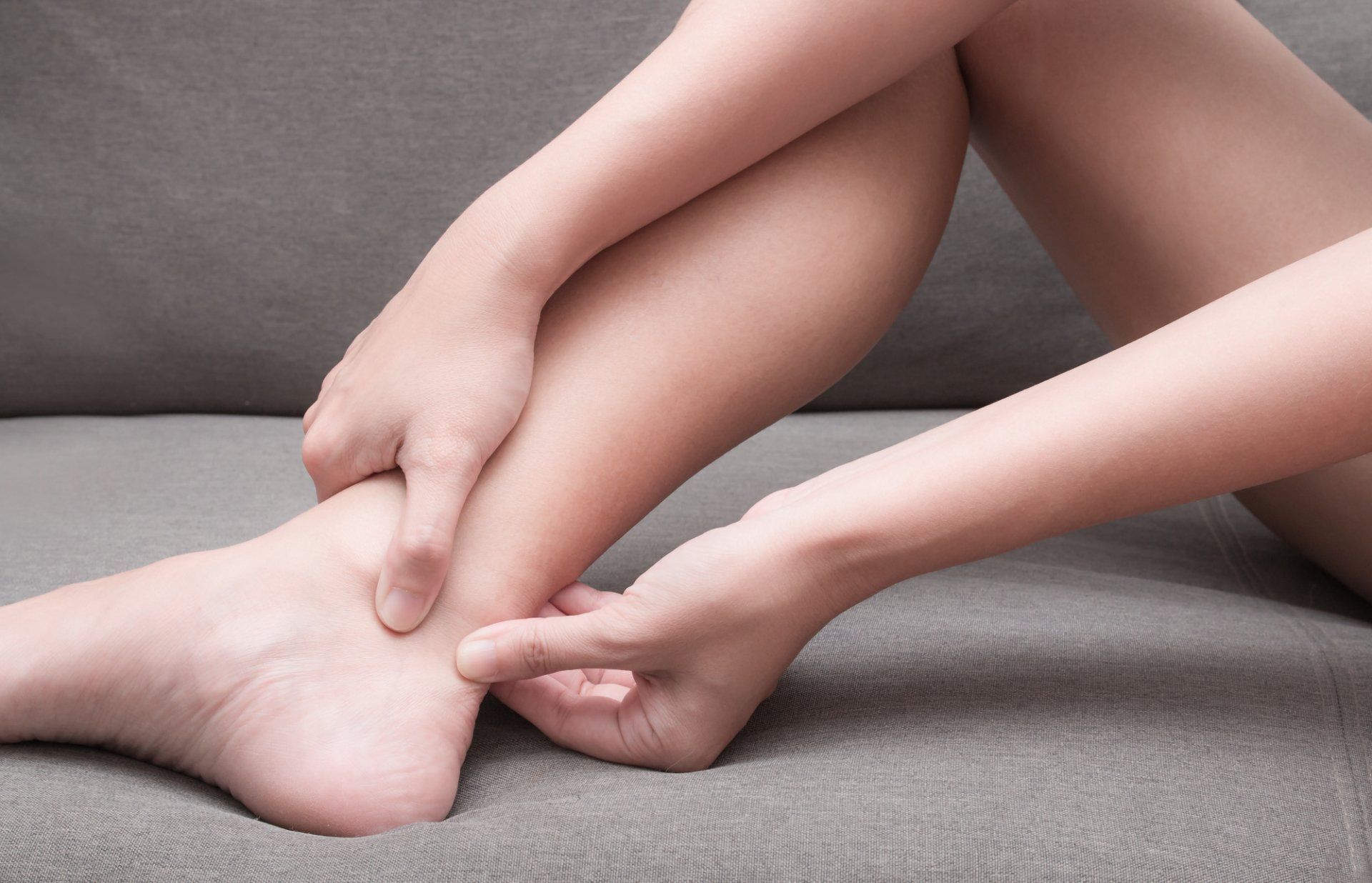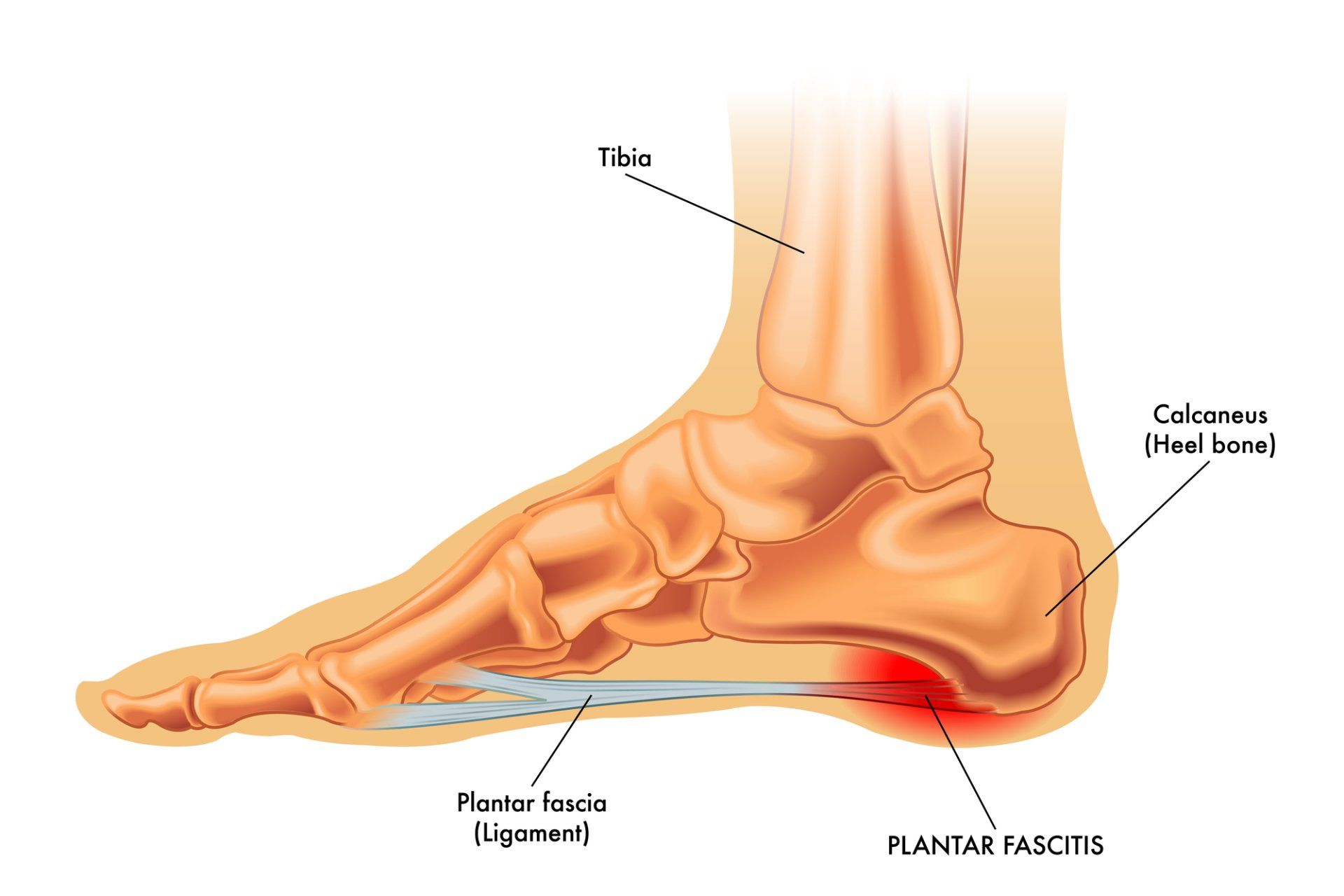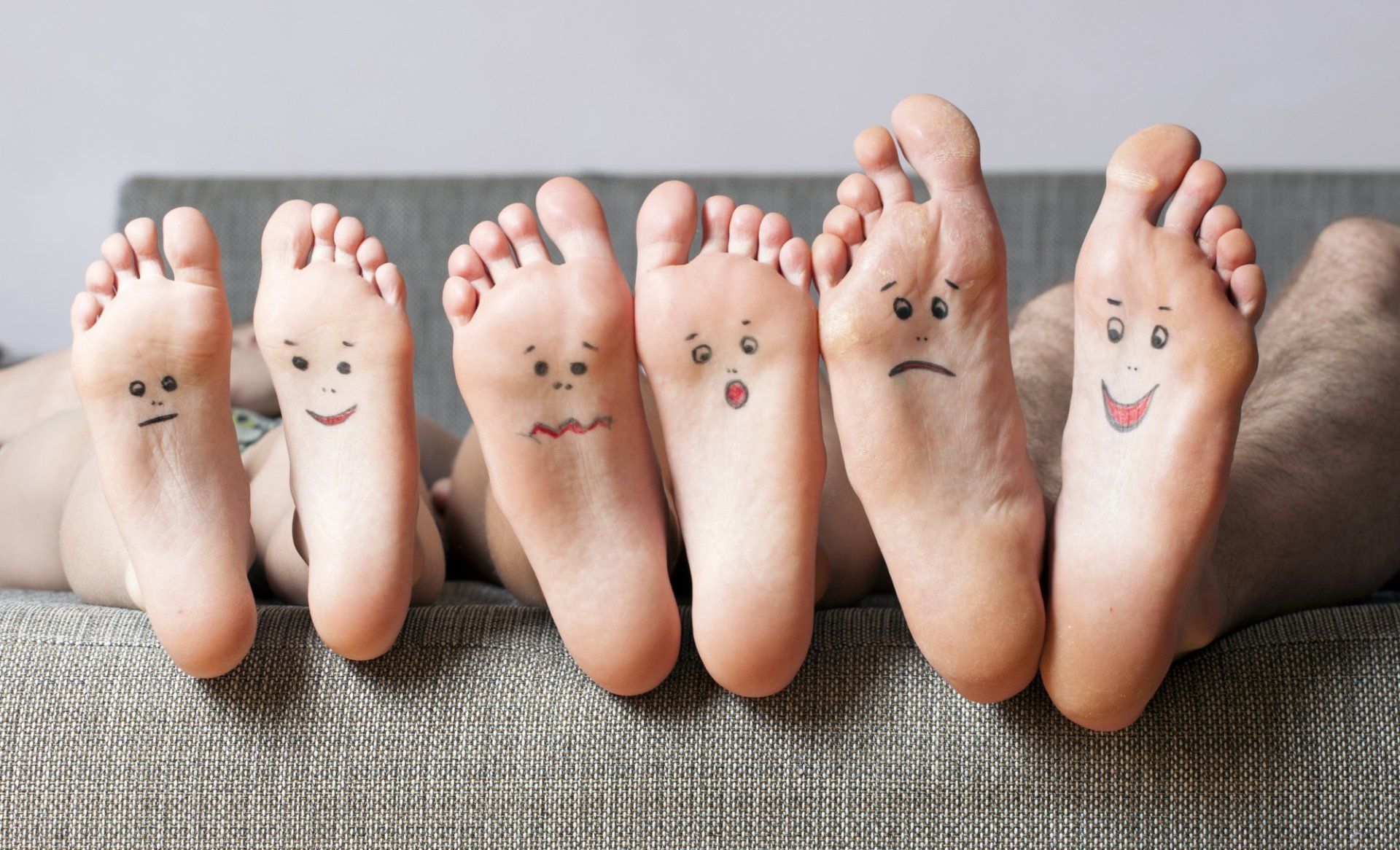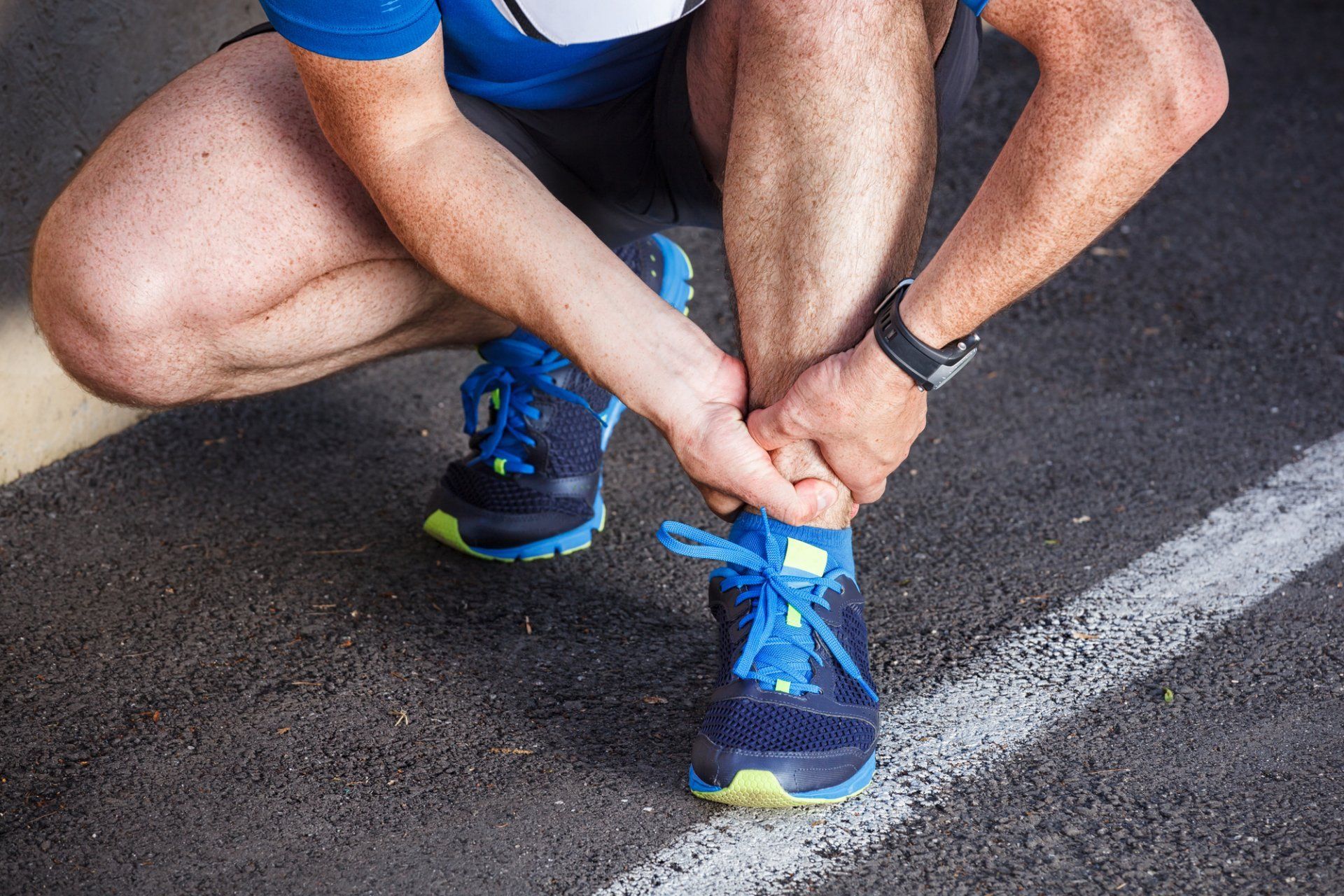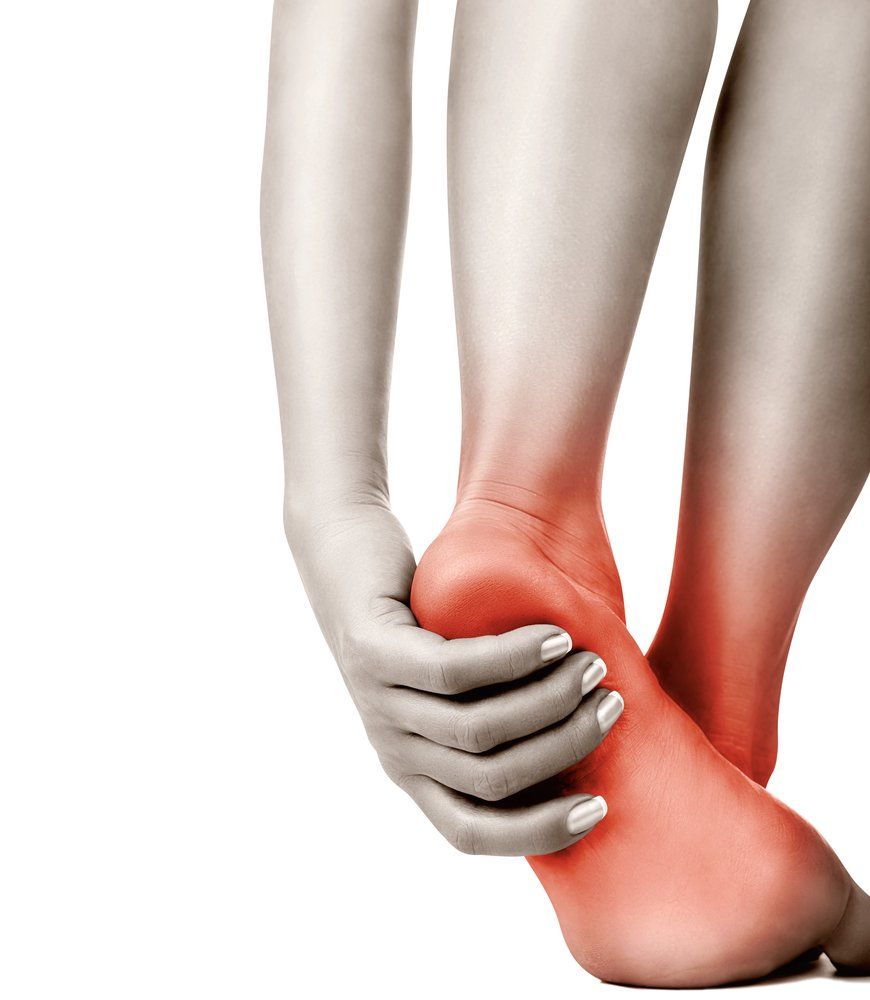Is Your Salon Causing Toenail Fungus?
Is Your Salon Causing Toenail Fungus?
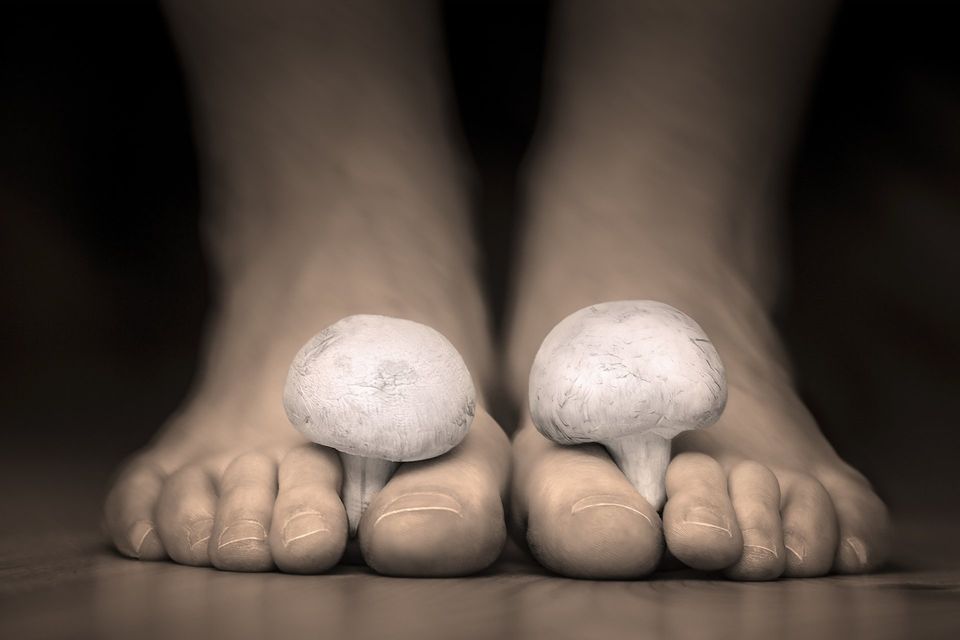
I have listened over the years as countless patients have told me horror stories about their experience at the nail salon, and how before going for pedicures, their toenails were clear and beautiful. You’ve thought about it, right? All of a sudden, your toenails are looking a bit yellow, thicker, maybe they crumble and break. Worst of all, they become painful.
Blaming it on your nail salon seems like the obvious thing to do. But is this really true? Are nail salons responsible for the epidemic of toenail fungus we now see in our society? Or, is it possible that this is entirely false, and the real cause of toenail fungus is something entirely different?
While it may seem to make perfect sense that nail salons are spreading the bug, inoculating a nail bed with fungal spores is not that easy and requires two simultaneous conditions. The first is the requirement that the nail bed would need to have been cut into in order to introduce the infecting organism into the nail bed. The second would be a compromised immune system that could not fight off the infection. Wounds of this type would more likely cause bacterial infection.
Since it is more common than not to see multiple toenails infected with fungus, can we blame your nail salon for causing injury to multiple toenails? Were they on a mission to inflict pain and suffering? Logic prevails when we ponder this. I have seen thousands of patients with all 10 toenails infected. Were these people left bleeding and wounded at the salon, sitting ducks for fungal infection?
I think you can clearly tell that I firmly believe that the causative mechanism of toenail fungus is not a bad pedicure. To be honest, these organisms are ever-present everywhere. So why do some people get infected while others do not? To answer this question, I think it is important that you drop the notion that fungus crawls under your toenail and infects it. It is rarely a localized phenomenon. Even in situations where a toenail fungus occurs after injury to the toe, I believe it is still not a localized problem.
In fact, it is my assertion that toenail fungus is actually the result of an internal fungal infection. One of the ways the human body deals with these organisms is to discharge them. Since your skin (and skin structures) is the largest organ of elimination, it is not surprising that skin and toenails are frequently affected. Interestingly enough, injured tissues are more metabolically active during repair processes and serve as great sites for the body to use for discharge.
So now let’s talk about what this internal infection might be and why certain people are prone to getting them. Toenail infections are borne out of an excess of fungi in the gastrointestinal tract that leads to eventual discharge into toenails. How does this occur? The answer is right at the end of your fork!
Let’s look at what is going on in the GI tract — the digestion and assimilation of foodstuffs. So, what is it about food that may be causative? The answer is that many foods contain high levels of fungus and the mycotoxins that they secrete. Once ingested, if conditions for their growth are present, they begin to populate the intestinal lining.
The foods that most often contain high concentrations of mycotoxins are grains, nuts, sugars and cheese. Grains such as corn, wheat, barley, and rye (and their flour derivatives) contain what is known as “universal contamination” because they contain so many different species of fungi. Sugars — including sugar cane, sugar beets and sorghum — not only contain the contamination, they fuel the growth of many of these fungi, because sugar is the food of choice for fungi. All foods high in sugars, including most fruit and especially fruit juices are included in this group.
Nuts and the oils produced from nuts are heavily contaminated, peanuts being the biggest culprit. The last food category on the list is cheese. Now, everyone knows that cheese will grow mold. If you can see the mold growing, you know that fungus is present throughout the cheese.
In fact, fungus is capable of easily spreading throughout the entire GI tract once it increases its colonization of the GI tract. Fungus is competitive with our healthy gut flora (beneficial bacteria) and will displace them in time. What assists fungus in their spread are acidic foods such as alcohol, beer, fermented foods and vinegar.
So now you know if your diet is high in these types of foods, you are making yourself highly susceptible to GI infestation of fungus which may ultimately create toenail fungus as the body tries to discharge it. Are there any other things that make you more prone to toenail fungus?
Yes, there are. For one, the cavalier use of antibiotics by the medical community does much to wipe out healthy gut flora and allow the overgrowth of fungus such as yeasts, molds and dermatophytes. Other issues, such as anti-inflammatory drugs which can create a leaky gut phenomenon (incompletely digested foods that enter the bloodstream) and suppress the body’s immune protection: immunosuppressive drugs, diabetes, chronic adrenal stress (which creates high levels of cortisol in the body that suppress immune system function), digestive disorders, food and environmental sensitivities, heavy metal toxicity and any other conditions or problems that misdirect or interfere with healthy immune system function.
So, I hope you see that the toenail fungus is often a symptom of a grander issue and by addressing these issues, we not only alleviate toenail fungus, but can actually help our patients improve their overall health.
Therefore, treatment is patient specific, and is dependent upon the mechanisms in that particular patient. Once those mechanisms are addressed, the toenail fungus can be treated with gentle, natural medicines which are far safer than the pharmaceutical drugs intended to eradicate fungus. Anti-fungal drugs have been implicated in liver inflammation/damage, kidney damage and retinal damage.
Unnecessary if the causes are managed since the mechanistic approach only requires, safe, gentle, natural medicines and supplements.
